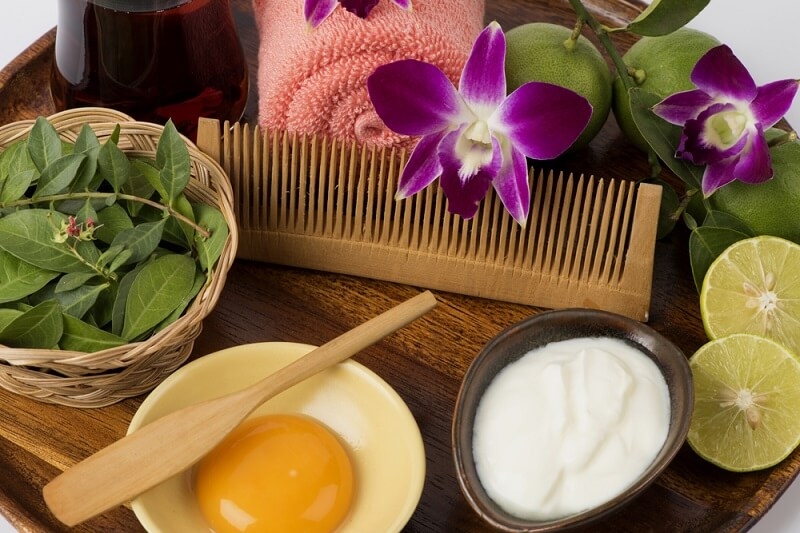
The ancient Egyptians were pioneers in many aspects of beauty and self-care, including hair dyeing. Their advanced knowledge of chemistry, combined with their desire for aesthetic enhancement, led to the creation of natural, organic hair dye techniques that have stood the test of time. These methods not only helped them achieve rich, lasting color but also contributed to hair health. Today, the world is witnessing a resurgence of interest in organic hair dye, with many people turning to ancient hair dye methods for sustainable and chemical-free alternatives. This article explores the secrets of Egyptian hair dyeing, focusing on organic hair dye, organic henna hair dye, and organic grey hair dye solutions.
In ancient Egypt, the Egyptians segregated people according to their age and societal status based on their hair colors, with the requirement that some hair colors signify even some religious beliefs among some Egyptians. They dyed their hair, keeping in view the social custom of dying for the young and beautiful. A pact most hated was grey hair, and so a natural dye was made for this dyeing operation to encourage an amiable appearance. Some Egyptians shaved their heads and wore wigs that were also dyed with natural dye.
Coloring one's hair was also associated with divine powers in Egypt; for example, red and golden glows were often associated with the gods, and many high-ranking individuals wanted to mirror these shades in their hair. Hair dyeing was seen as significant for their funeral rituals because the Egyptians felt that appearing youthful was important in the afterlife, just as it was in life.

The Egyptians used different methods of hair dyeing using organic and plant ingredients. The main hair-dyeing techniques appear to be the following:
The most commonly used organic hair dye in ancient Egypt was henna. It was obtained from the leaves of the Lawsonia inermis plant, which supplied red to orangish-red hues. Egyptian men and women used organic henna hair dye to enhance their natural hair color or mask greys.
Extracted from Indigofera tinctoria, this dye was largely used in conjunction with henna to get darker shades. Using the henna dye treatment, indigo application could provide deep browns or blacks that could be the ideal natural dyes for gray hair.
Just like their ancestors, the ancient Egyptians used walnut shells and berries to formulate natural brown and black dyes. Shells or berries were usually boiled to extract pigments that would be applied to hair.
Some sources mentioned that minerals like lead oxides or copper were used by Egyptians for temporary change of colour. Plant-based dyes like henna and indigo were always favored because of their safety and nourishing properties. Although metallic dyes were efficacious, their usage was rare due to probable toxicity.
Grey hairs were often considered a sign of aging, and since the ancient Egyptians came up with all sorts of clever tricks to hide the grey, even organic hair dye for grey hair was invented. Out of these methods, henna remained the most trusted choice, while indigo was used in combination for darker shades. These methods re-emerged in today's beauty industry where organic grey hair dyes gained foremost popularity mainly due to concerns from people about chemical-laden products.
Modern unnatural hair dye products are stuffed with ammonia, parabens, or any other synthetic chemicals, which can damage the hairs or scalp over time. Ancient Egyptian methods relied exclusively on natural products known for their bright color and conditioning.
The trend for clean beauty products is noticed in such a way that many people come back to the wisdom of old. Today, there are many natural hair dye companies that base their products around ancient formulas, thus making sure that everything root has no chemicals and works perfectly for the consumer.
Here is a quick organic henna hair dye recipe if you want to try out one such age-old Egyptian inspired method for hair dyeing right at your home:
Ingredients:
Steps:
This process revives the timeless beauty secrets of ancient Egyptian hair dye methods while providing a safe and organic hair dye option.
The ancient Egyptians were pioneers in developing effective and organic hair dye methods. By using plant-based ingredients like henna, indigo, and walnut shells, they achieved beautiful, long-lasting color without damaging their hair. Today, with the increasing preference for natural and chemical-free beauty solutions, ancient hair dye methods are making a remarkable comeback. Organic hair dye, particularly organic henna hair dye and organic grey hair dye, remains a preferred choice for those seeking sustainable and safe hair coloring solutions. By embracing these timeless color secrets, modern beauty enthusiasts can enjoy the best of nature while paying homage to the wisdom of the past.
Incorporating these ancient techniques into contemporary hair care routines not only offers a natural and healthier alternative to chemical dyes but also reconnects us with a rich cultural heritage. The longevity and effectiveness of these methods stand as a testament to their enduring relevance, proving that sometimes, the best beauty secrets come from the past.
This content was created by AI